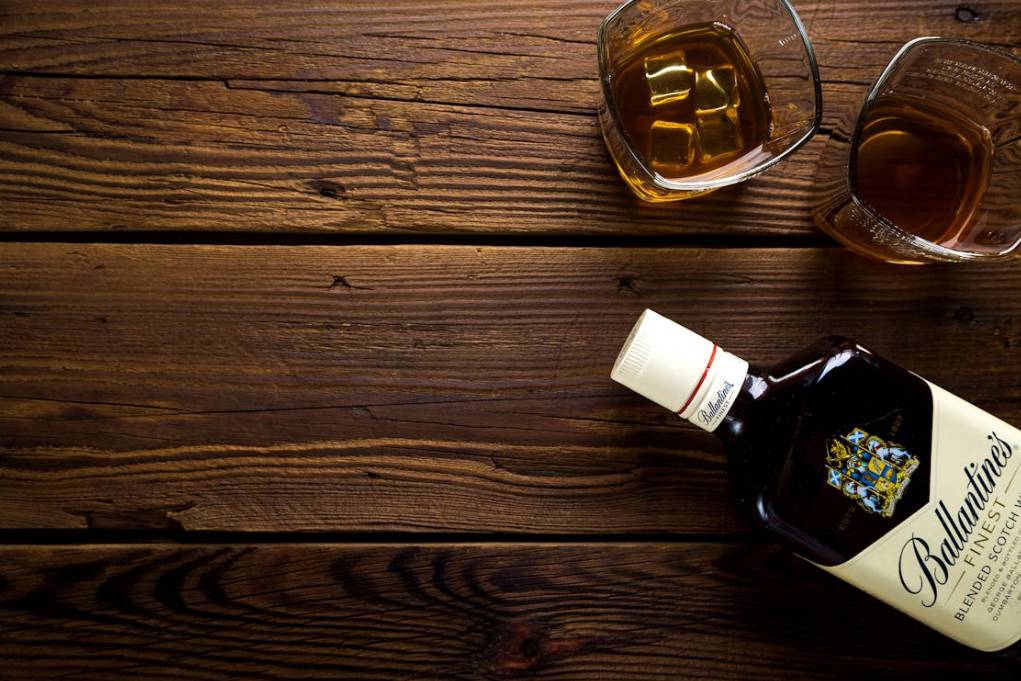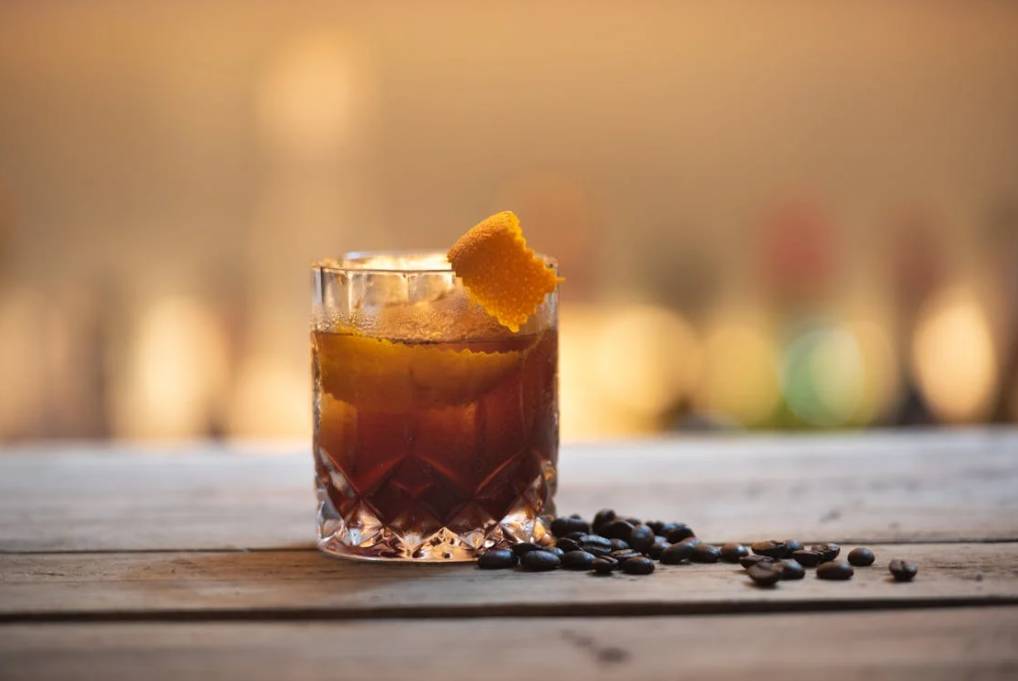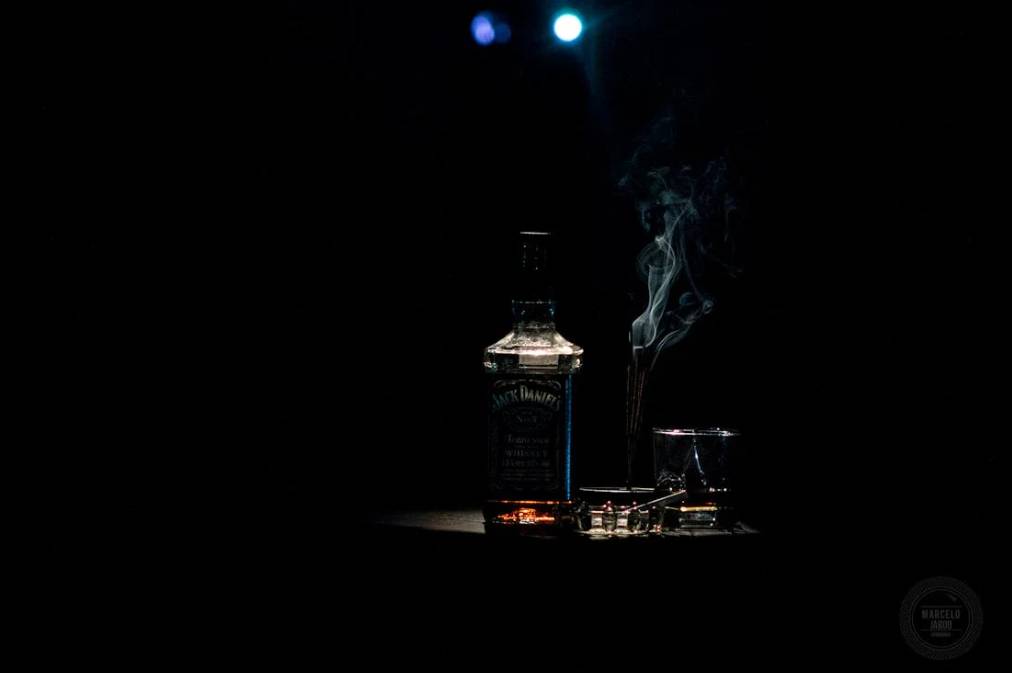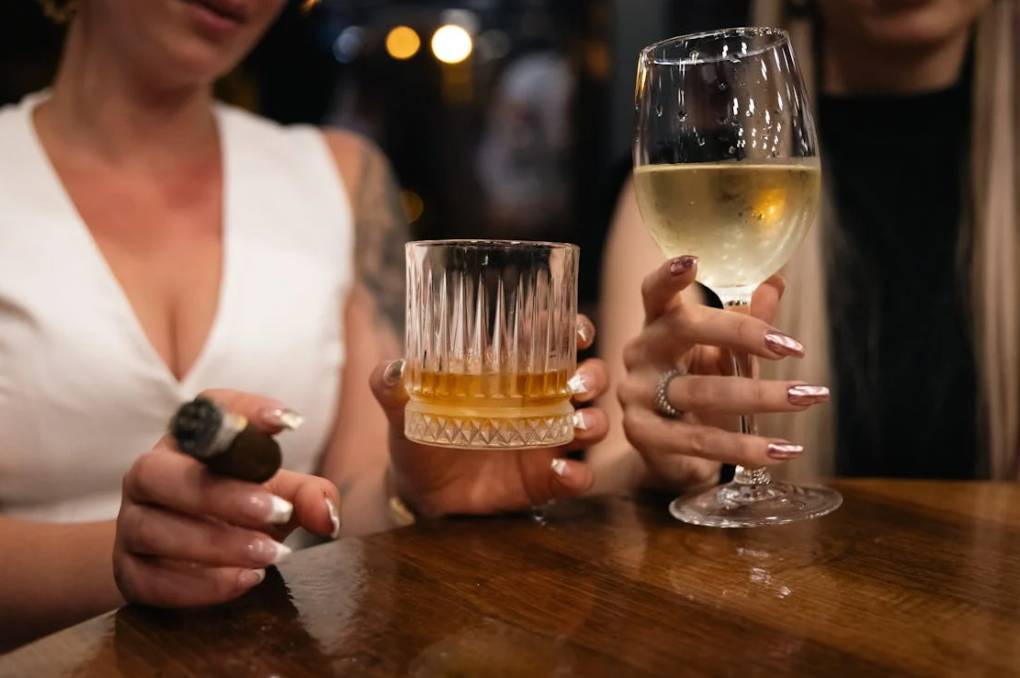New to whisky (or whiskey in the US/Ireland) and overwhelmed by the bottle? You’re not alone. A whisky label is a compact contract telling you what’s inside, how it was made, and what it might taste like. In this guide we’ll decode the essentials—ABV, age statements, and NCF (non-chill-filtered)—then walk through the other terms that really matter so you can buy with confidence.
Quick start: your 10-second label scan
- Style: Single Malt / Blended / Bourbon / Rye / Single Pot Still, etc.
- ABV: 40–46% (standard) vs ≥50% (often cask strength).
- Age or NAS: “12 Years” vs NAS (no age statement).
- NCF & Color: “Non-Chill-Filtered” and/or “Natural Colour” are quality signals.
- Cask info: Sherry, Bourbon, Port, Mizunara, etc. points to flavor.
- Origin & Bottler: Distillery/country, or independent bottler name.
- Batch/Single Cask: Smaller runs = more character (and variability).
ABV: what the number tells your palate (and wallet)

ABV = Alcohol by Volume.
- 40–43%: Entry strength; smoother, lighter body; widely available.
- 46% sweet spot: Common for enthusiast bottles; often avoids chill filtration.
- Cask strength (50–65%+): Bottled near barrel proof. Bigger aroma & texture, takes water well, usually pricier.
Tip: Higher ABV isn’t “better”—it’s more concentrated. Add a few drops of water to open up aromas.
Age statements vs NAS: does older mean better?
Age statement = the youngest whisky in the bottle. “12 years” means every drop is ≥12 years.
- 8–12 years: Balanced oak and spirit character; great value.
- 15–18 years: More oak influence, deeper sweetness/spice.
- 20+ years: Luxurious, delicate; not automatically tastier—just rarer.
NAS (No Age Statement): No minimum year printed.
- Lets producers blend multiple ages for flavor targets.
- Quality can be excellent; rely on ABV, cask info, and brand track record.
Bottom line: Older ≠ better for everyone. Flavor style and cask quality matter more than the number on the label.
NCF (Non-Chill-Filtered): why enthusiasts care
Chill filtration removes fatty acids and proteins so whisky stays clear when cold.
- Pro: Pretty, stable clarity.
- Con: Can strip mouthfeel and some flavor oils.
NCF (Non-Chill-Filtered) means those oils stay in. Expect richer texture and sometimes a light haze with ice/water—a good sign, not a fault.
Look for: “Non-Chill-Filtered,” “Unchillfiltered,” or similar wording. Many NCF whiskies are ≥46% ABV.
Natural Colour vs E150a (caramel coloring)

Some producers use E150a caramel to keep color consistent across batches (legal in Scotch).
- Natural Colour on the label = no E150a added; color reflects cask influence only.
- Darker ≠ older; sherry casks can impart deep hues quickly.
Buying tip: If you value transparency, seek “Natural Colour”.
Single Malt, Blended, Bourbon… the style line that sets expectations
- Single Malt Scotch: 100% malted barley from one distillery. Wide range—from light/citrusy to rich/sherried or peated.
- Blended Scotch: Malt + grain whiskies from multiple distilleries; consistent house style; great value.
- Bourbon (USA): ≥51% corn, new charred oak; vanilla, caramel, baking spice.
- Rye (USA/Canada): Spicier profile (pepper, herbal).
- Irish Whiskey: Often triple-distilled; smooth, fruity.
- Japanese Whisky: Style varies; often elegant, oak-nuanced (Mizunara).
- Single Cask / Single Barrel: One cask only; unique and limited; flavor can be intense and variable.
Cask talk: why it changes everything
- Ex-Bourbon cask: Vanilla, coconut, honey, citrus; lighter color.
- Sherry cask (Oloroso, PX): Dried fruit, nuts, chocolate; deeper color.
- Port/Madeira/Rum finishes: Red fruit, toffee, tropical notes.
- Mizunara oak: Incense/spice/sandalwood; rare and pricey.
- First-fill vs Refill: First-fill = stronger cask impact; Refill = more spirit-forward.
Label cues: “Matured in…” “Finished in…” “First-fill…” These phrases are your flavor map.
Region, origin, and bottler—what it hints at
- Region (Scotch):
- Highland/Speyside: Orchard fruit, toffee, baking spice.
- Islay: Peat smoke, sea spray (not all, but many).
- Campbeltown/Islands/Lowland: Distinct niche styles.
- Bottler:
- Distillery bottling (OB): Core house style, broader consistency.
- Independent bottler (IB): Single casks, higher ABV, adventurous profiles; check reputation.
Batch numbers, vintages, and limited editions

- Batch/Release No.: Small-batch consistency varies; enthusiasts track favorites.
- Vintage (e.g., 2012/2025): Year distilled; age is vintage → bottling year difference.
- Limited Editions: Scarcer, often higher ABV or special casks; do your homework—limited ≠ automatically better.
How to read a real label (two examples)
Example A: “Glen Example 12 Year Old, 43% ABV, Natural Colour”
- Style: Single Malt Scotch, Speyside.
- Age: Minimum 12 years.
- ABV: Easy sipper.
- Color: No caramel; likely ex-bourbon with some sherry casks.
Expectation: Honey, apple, vanilla; gentle oak.
Example B: “Example Distillery, Cask Strength, 57.1% ABV, NCF, Sherry Butt, Single Cask #428, 2025 Release”
- Big flavor, add water. Rich sherry notes (fig, cocoa), oily mouthfeel (NCF), unique one-cask profile. Higher price warranted.
Buying checklist (save this)
- ABV 46%+ if you want more texture (often NCF).
- NCF and Natural Colour for transparency.
- Cask details that fit your taste (Ex-Bourbon = bright; Sherry = rich).
- Age or NAS—don’t fixate on the number; trust producer track record.
- Style/Region aligns with your palate.
- Batch/Single Cask if you like uniqueness (and are okay with variance).
FAQ (for readers & Google)
Q1. Is higher ABV always better?
No. It’s more concentrated. Great for flavor exploration—just add water to taste.
Q2. What does NAS mean and should I avoid it?
NAS = no age printed. Many NAS releases are excellent. Judge by ABV, cask info, and reviews.
Q3. What does “Non-Chill-Filtered” change?
Often a richer mouthfeel and fuller aroma; slight haze with ice/water is normal.
Q4. Does color show age?
Not reliably. Cask type and E150a coloring can deepen color quickly.
Q5. How do I start building a tasting vocabulary?
Smell first (no swirling like wine), sip neat, then add a few drops of water. Note sweetness, fruit, spice, smoke, finish length.
